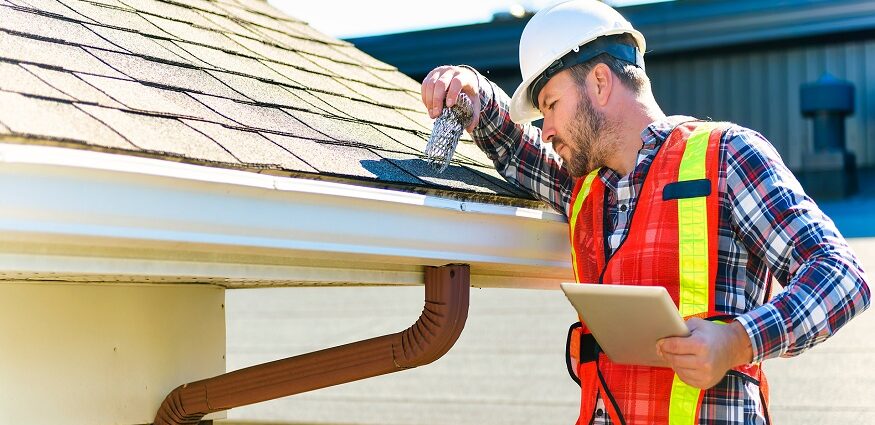Your roof plays a crucial role in protecting your home, yet it’s often taken for granted until a problem becomes unavoidable. Whether you’ve discovered a leak, noticed missing shingles, or spotted a sag in the roofline, the question becomes clear: should you repair the damage or commit to a full replacement? Making the right call can protect both your home and your budget over the long term.
A good place to start is with a simple visual inspection. Walk around your property and look for signs such as cracked, curling, or missing shingles. Keep an eye out for dark streaks or moss, which may suggest trapped moisture, and check for rust around flashing or gutters. Any dips or sagging lines along the roofline, as well as granules collecting in gutters, could point to shingle deterioration. If the damage appears limited to a small area — for instance, a few shingles lost after a storm — then a targeted repair might be all that’s needed. On the other hand, widespread issues or repeated trouble spots suggest it may be time for a replacement.
The age of your roof is another important factor to weigh. Roofing materials vary in lifespan: asphalt shingles typically last 15 to 30 years, wood shakes may hold up for 20 to 40, and more durable materials like metal, tile, or slate can last several decades longer. If your roof is nearing the end of its expected service life and showing signs of wear, investing in a full replacement can be more cost-effective than making frequent repairs on a failing structure.
Understanding the scale of the damage is essential. A general rule of thumb is that if less than 30 percent of the roof is affected and the structure is otherwise in good shape, repairs can usually suffice. But when damage is extensive, spread across multiple areas, or occurring repeatedly, a replacement is likely the better path forward. Underlying problems like soft decking or water infiltration often accompany visible damage, which patch jobs alone won’t solve.
Thinking long term, it’s also worth weighing the overall value of your decision. While repairs may be cheaper in the short run, frequent fixes can add up quickly. A new roof improves insulation, reduces energy loss, and can significantly raise your home’s market appeal — especially if you’re planning to sell. Buyers often view a newly installed roof as a major bonus, making your property more attractive and possibly eliminating price negotiations related to home condition.
It’s important to stay alert for symptoms that may suggest hidden issues. Water stains on ceilings, peeling paint near roof edges, mildew in the attic, or unexplained spikes in heating and cooling bills can all point to roof-related problems. These signs often indicate insulation trouble or structural issues that go beyond surface-level fixes.
Repairs are a smart choice when the damage is isolated, the roof is still relatively young, or you’re simply looking to get a few more years out of it before budgeting for a full replacement. In many cases, roofing professionals can match replacement shingles with the existing ones, keeping both the roof’s appearance and integrity intact.
That said, replacement is the better option when your roof is showing its age, the damage is widespread, or you’re facing frequent leaks or poor ventilation. Upgrading materials at this stage — perhaps switching from asphalt to metal or tile — can also bring improved durability and energy efficiency, along with long-term cost savings.
In the end, the best course of action starts with a professional roof inspection. An experienced contractor can give you a clear picture of your roof’s condition and help you weigh your options with confidence. Don’t delay decisions on a failing roof — what starts as a minor issue today could grow into a major, costly repair tomorrow. With the right knowledge and timely action, you can make a choice that protects both your home and your peace of mind.

